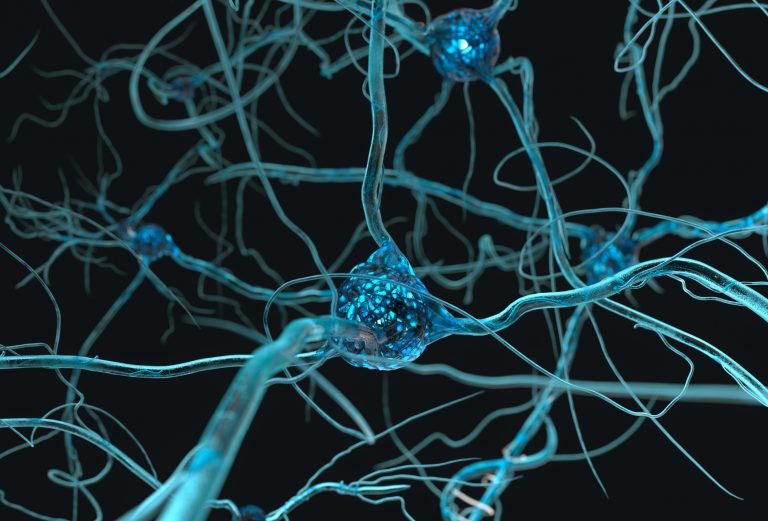
The loss of function of the C9orf72 gene may affect communication between motor neurons and muscles in people with ALS. These findings were published by Kessen Patten’s team of the Institute National de la Recherche Scientifique (INRS) in Communications Biology.
The average incidence rate of ALS worldwide is about one in 50,000 people per year and the average age of onset of the disease is about 60 years, with men at a slightly higher risk compared to women. FDA-approved treatments for ALS are only modestly effective and the disease still results in complete paralysis and death within the first 5 years after diagnosis.
A mutation in the C9orf72 gene is the primary genetic cause of ALS. This mutation consists of an expansion of a sequence of six DNA bases (GGGGCC) that is very unusual, going from a few copies (less than 20 in a healthy person) to more than 1,000 copies. The mutation, in part results in a loss of function, and may be responsible for 40% to 50% of hereditary cases of ALS, and 5% to 10% of cases without family history.
The authors wrote: “How the GGGGCC hexanucleotide repeat expansions cause neurodegeneration in ALS and FTD is still uncertain. The C9orf72 protein has been shown to function in a complex with the WDR41 and SMCR proteins as a guanine exchanging factor (GEF) for Rab8 and Rab39..”
To achieve transgenic c9orf72 gene silencing in zebrafish, the researchers used a miRNA-based gene-silencing approach. Unlike morpholino-based knockdown approaches, transgenic zebrafish lines that have been constructed to stably express miRNAs designed to target knockdown desired genes of interest have no apparent non-specific toxic effects, the authors report.
In their work, led by Ph.D. student Zoé Butti, the group noted symptoms similar to ALS, namely motor disorders, muscle atrophy, loss of motor neurons, and mortality of individuals. For example, synaptic alterations at neuromuscular junctions have been found in ALS patients and in animal models of ALS.
The researchers report the generation and characterization of a stable C9orf72 loss-of-function (LOF) model in the zebrafish, and show that reduced C9orf72 function leads to motor defects, muscle atrophy, motor neuron loss and mortality in early larval and adult stages.
The study showed the effect of the loss of function induced by the mutation of the C9orf72 gene on communication between motor neurons and muscles. “This synaptic dysfunction is observed in all people with the disease and occurs before the death of motor neurons,” noted Patten.
The research group also revealed the gene’s role on the protein TDP-43 (transactive response DNA binding protein 43) which plays an important role in ALS. The C9orf72 gene may affect the protein TDP-43’s location within the cell. “In approximately 97% of ALS patients, the TDP-43 protein is depleted from the nucleus and forms aggregates in the cytoplasm rather than being in the nucleus, as is the case in healthy people. We want to investigate this relationship between the two proteins further,” explained Patten.
Now that the team has developed a model, it will be able to test therapeutic molecules. The aim is to find a drug to restore the synaptic connection between neurons and muscles. It may also lead to a therapeutic target to rectify the abnormality of the TDP-43 protein.













